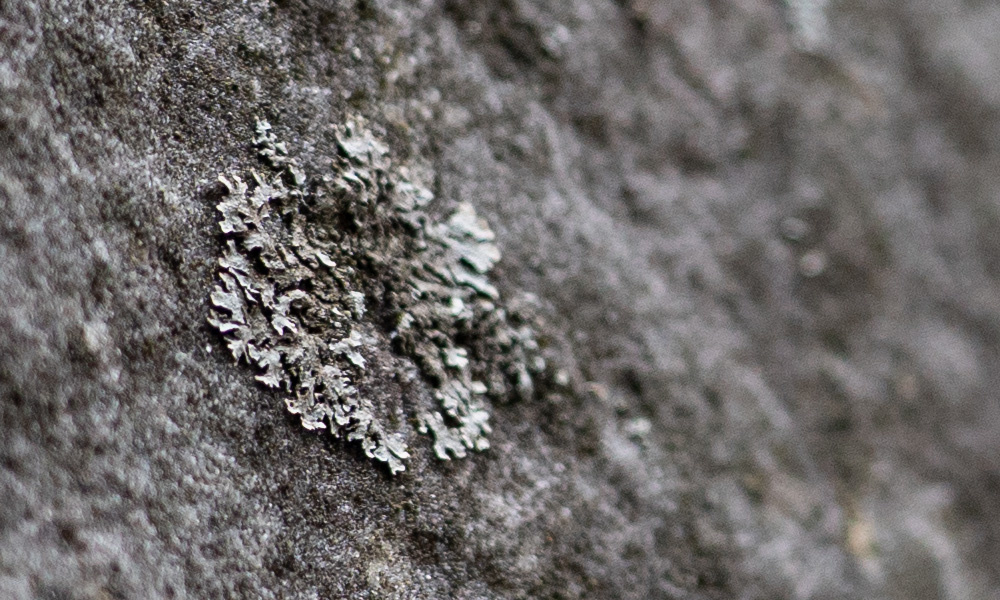Following on from the success of its f/2.8 standard and wide-angle zoom lenses for Sony, Tamron is in the process of launching a selection of primes. I’ve been using the 35m f/2.8 Di III OSD M 1:2 for the last couple of weeks, and it’s proven fun and surprising.
35mm f/2.8 sits in a slightly odd position in the Sony lens lineup. Given the fact that it took a veritable epoch for a 35mm f/1.8 lens to become available for Sony, you might expect manufacturers to be keen to offer some options, but apparently not. When Tamron teased customers with the prospect of affordable primes, people were very excited at the idea of an alternative to Sony’s arguably overpriced 35mm f/1.8 and perhaps some other wide-angle lenses that, like Tamron’s recent zooms, made some intelligent compromises to keep the price down.
To the disappointment of many, Tamron decided not to compete with Sony’s 35mm f/1.8, and this may be something to do with the fact that Sony owns 12% of Tamron (hat tip to Dave McKeegan for that little nugget of information). Instead, the 35mm is a rather less exciting f/2.8, but there are a few features that make the lens itself far from ordinary.
In terms of affordable, walk-around lenses, the Rokinon/Samyang offers an excellent choice by way of the AF 35mm f/2.8 FE, a lens that I reviewed earlier this year and which impressed me greatly. Performance was solid, but not amazing — until you consider the price and size. It's a tiny 3 oz (85.6 g) lens that makes you wonder if you forgot to attach something to your camera.
In my eyes, the Samyang is an absolute bargain, and while f/2.8 makes it fairly limited in terms of speed, this is more than made up for by the snappy autofocus, relatively sharp images, and tiny profile. By contrast, the Tamron 35mm f/2.8 is more than twice as heavy at 7.4 oz (210 g) and is over $100 more expensive, so what does the Tamron bring in terms of features to a lens with such a boring maximum aperture?
Before digging into those details, here are the specifications:
- Aperture range: f/2.8 to f/22
- Format Compatibility: Sony full frame
- Angle of View: 63° 26’
- Maximum Magnification: 0.5x
- Macro Reproduction Ratio: 1:2
- Minimum Focus Distance: 5.9” / 14.99 cm
- Optical Design: 9 Elements in 8 Groups
- Diaphragm Blades: 7, Rounded
- Image Stabilization: No
- Filter Size: 67 mm (Front)
- Dimensions: 2.87 x 2.5” / 73 x 63.5 mm
- Weight: 7.4 oz / 210 g
Two things should leap out at you from that list: the 1:2 macro reproduction ratio and the minimum focusing distance of 5.9 inches (15 cm). While Samyang opted for pancake-y goodness, Tamron has plumped for macro fun and some very enjoyable close-focusing performance — not what you typically find in an affordable walkaround lens. This took me by surprise and inspired me to take a load of close-up images.
In addition, there’s a gasket embedded in the bayonet to keep out dust and moisture, and the entire lens is weather-sealed. Given that my Samyang 35mm acquired a speck of dust behind its front element about a week after I published the review, an alternative at this focal length that is more protected is welcome. I enjoy having a small, affordable lens for my numerous climbing days in the forest, and my Sony a7 III is frequently handled with upsettingly chalky hands. A lens that doesn’t mind this so much is a bonus.
I’m definitely not a macro photographer, but I can see the allure, and I’ve had fun shooting some close-ups of pine needles and lichen close to home. With such close focusing, shooting wide open makes for some rather gorgeous effects, and the bokeh is a delight. I hope you’ll appreciate that my deep-seated hatred of tripods and a reluctance to attempt focus stacking has prevented me from investigating the macro performance in more depth.
I have a love of small, affordable full-frame lenses, and the 35mm, despite being larger and heavier than my Samyang, has been fun to use. It feels well-matched to the a7 III’s dimensions, and performance and handling have been impressive for the most part.
Sharpness is remarkable. Contrast is excellent, flare is minimal, bokeh is pleasant, chromatic aberration is all but invisible, and the small amount of vignetting is easily corrected in post. Even wide open, this lens is fairly crisp, improving at f/4 as you’d expect. I’m not one for criticizing corner sharpness, but the Tamron performs very well throughout the aperture range. I’ll spare you the ten all-but identical photographs of a wall — just take my word on it.
And the Downside?
So, an affordable lens that has fun macro performance in a compact, comparatively lightweight package. What’s not to like? Well, in a word: autofocus. On unboxing this lens and attaching it to my a7 III for the first time, the fit was quite tight, requiring a worryingly stern twist to get it to click into place. Upon firing up the camera, the noise as the autofocus motors twitched into life was a little unsettling, sounding more like a tickly scrape rather than the reassuring mechanical whir that I’m used to.
Sitting in my (still-unfinished) office, I immediately checked the autofocus and found it to be oddly slow. Remembering the firm twist required to initially attach the lens, I wondered if all of the connections were lined up, and so removed and reattached the lens: same tickly scrape, same slow autofocus. Here are the results of some tests comparing the Tamron 35mm with my Samyang 35mm AF f/2.8. As you will notice, the Tamron 35mm doesn’t do well.
I reached out to Tamron to find out more about the autofocus performance. These new OSD (Optimised Silent Drive) lenses have quite a huge throw because of their macro capabilities. The Tamron 17-28mm and 28-75mm f/2.8 lenses both feature RXD — Rapid eXtra-silent Drive — motors that chuck glass around much more quickly, whereas the OSD has been engineered to offer the level of precision required for close focusing. It’s more accurate for the tiny adjustments required for macro-esque performance, with the consequence that it is much slower as a result.
What’s notable is that, despite the name, this is not a silent lens. The motor itself seems relatively quiet, but there is a pronounced click as the elements slide into place.
This, then, is the compromise for such a tiny MFD (minimum focusing distance) and autofocus accuracy: do not expect this lens to be quick at grabbing focus, especially in low light.
What I Liked
- Small, compact, relatively lightweight
- Impressive minimum focusing distance
- Refreshingly sharp, even wide open
- Weather-sealing
What I Didn’t Like
- Maximum aperture is comparatively slow
- Autofocus is sluggish
In Conclusion
The question of whether you should buy this lens comes down to whether you need weather-sealing and enjoy photographing subjects very close to your lens with suitably accurate autofocus to the extent that you don’t mind the autofocus being sluggish for everything else. Perhaps the other hurdle is that many Tamron fans may will own the 28-75mm f/2.8, making this lens a little bit redundant if macro isn't your thing.
For me, a dinky 35mm is a general-purpose lens, and having the macro performance will certainly be a draw to some, but the compromise in autofocus will be a bit of a stumbling block for the majority of potential customers. Like many Sony shooters, I wish I’d been loaned a lightweight f/1.8 alternative to the Sony 35mm prime rather than a slow aperture, slow-focusing, macro-inclined lens. Close-ups are fun, and the weather-sealing is appreciated, but perhaps not to the extent that I want significant compromises elsewhere. As a result, it fills something of a niche, which I respect, but it's not a niche that works for me. You can purchase the Tamron here.






















